Introducing a tea a day:
Keemun Black Tea
Keemun black tea is the world's top three highly flavoured black teas, mainly produced in Keemun, Shitai and Dongzhi counties in Anhui Province. Qimen black tea was created in 1875, before that, the local production of green tea, and later in the reference to the provinces based on the black tea production process, after the localisation of the improvement, before the production of excellent quality of the traditional work of black tea. Over the years, Keemun black tea has increased the number of new varieties such as Golden Needle, Fragrant Conch and Mao Feng, making the product line richer.
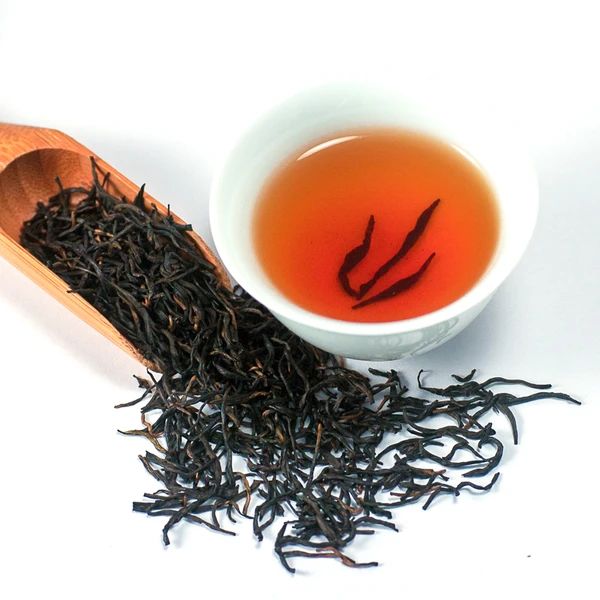
Keemun black tea referred to as ‘Qihong’, was produced in Keemun County, Anhui Province and was named, and created in 1875. Its shape is tight and thin, peaks and seedlings beautiful, golden hair exposed, the colour and lustre of oolong, fragrant and lasting. 1892 ‘Oxford English Dictionary’ in more than one retained to this day in the vocabulary ‘Keemun black tea’, that is, from the Qihong; in 1915 the Panama Pacific Universal Exposition, Qimen red tea won the gold medal! In 2008, the Qimen black tea production technology was included in China's national intangible cultural heritage representative project list.
After the introduction of Qimen black tea to Europe, like flowers fruit honey unique Qimen incense conquered the European ‘high society’, according to records is the Queen of England and the royal family's favourite drink, promoting the prevalence of tea habits in Europe, enriching the European way of drinking tea, and even become an important part of the social.
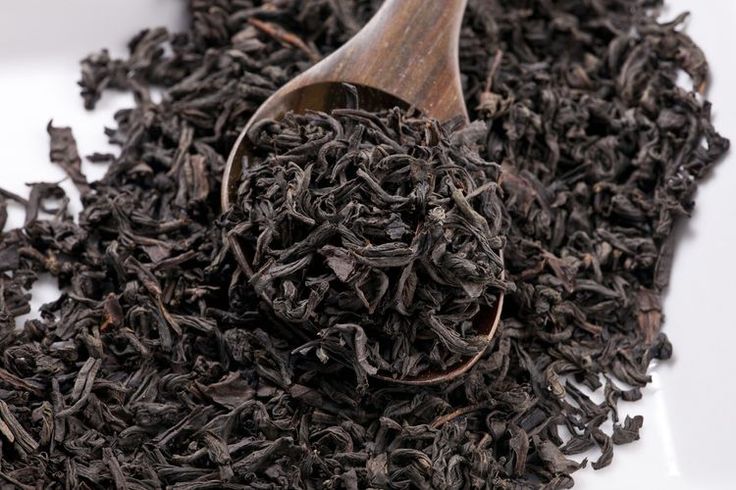
Wang Chang, the representative project of national intangible cultural heritage - Qimen black tea production technology inheritor, recently accepted an exclusive interview with ‘East-West Question’ about the unique role and charm of Qihong in the East-West cultural exchanges.
The interview is summarised below:
Reporter: In the UK, Qihong is listed as the ‘hero’ of tea, praised as the ‘Queen of Black Tea’; Turkish poet Hikmet had a poem about Qihong: ‘In China's fragrant tea, found the fragrance of spring! ’; in China, there are’ Qihong special absolute group of the most fragrant, high reputation and fragrance not two doors ’ said. China Qihong why ‘Qunfang most’?
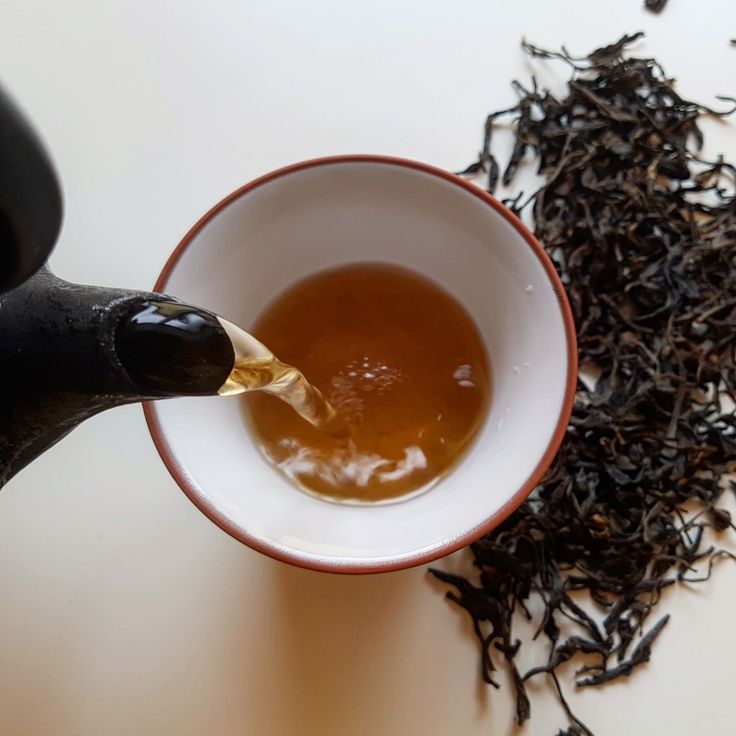
Wang Chang: As the Chinese leader said in his toast at the Queen's welcome dinner during his visit to the UK in October 2015, ‘Chinese tea adds a lot of elegance to the life of the British, who make it into English black tea with their ingenuity. The exchange and mutual appreciation of Chinese and English civilisations have not only enriched the achievements of their respective civilisations and promoted social progress, but also made remarkable contributions to the development of human society.’
Historically, the exchanges between various countries and nationalities first began with the exchange of commodities. Qihong is one of the most distinctive and recognised commodities on the ‘Ten Thousand Mile Tea Route’ by the people of the countries and regions along the ‘Belt and Road’. Like Chinese porcelain, Keemun tea can also be considered one of the ambassadors of Chinese culture. Qihong tea in the shape of a beautiful, bright soup colour, tea tastes of sweet and mellow and long-lasting aroma and other quality indicators, has reached the highest level of black tea products.
Qihong is known as the ‘group of the most’, first of all, the Qimen region's natural ecological conditions are superior. Miraculous 30 degrees north latitude, biological diversity of the unique microclimate environment, constituting the growth of tea trees in the natural environment, brewed into the ‘Qihong’ special aroma and flavour; Secondly, the Qimen tea aroma fragrance lasting, like flowers, like fruit, like honey, this is difficult to accurately describe the composite aroma Qihong is the biggest charm, but also other black teas are difficult to match; Thirdly, the Qimen tea is known as ‘the most of the group’. Comparable; the third is the Qihong ‘Qimen Xiang’ is a sweet fragrance, compared with other baking caramel sweet aromas, Qihong sweet aroma is more natural, more pleasurable, but also reflects the Qimen chinking chink leaf species of the excellent quality of fresh leaves.
Reporter: Qihong and India Darjeeling tea, Ceylon black tea and known as the world's top three high-flavour black tea, what is the difference between these three kinds of black tea?

Wang Chang: Although the same three world-famous high-flavour black tea, the style of the three teas is very different. Qi Hong is known for its elegant sweet fragrance, like an oriental woman. Qi Hong has a rich and fragrant aroma, overflowing with rose, fruit and honey, but also with orchids, giving a feeling of warmth and elegance.
Ceylon black tea is known for its high sharp and exuberant aroma, like jingoism, with refreshing lily of the valley and sweet and strong jasmine aroma.
Darjeeling black tea fresh with musk, elegant and noble. The aroma characteristics between Keemun black tea and Ceylon black tea, are full and rich tension.
The reason why there are ‘three high aroma black teas’ is, that these three black teas in the aroma characteristics of other types of black tea are difficult to have, pleasant sensory experience.
Reporter: What are the connotations of Chinese tea culture embedded in Keemun black tea? Are these connotations preserved in the West? What are the differences and commonalities between the East and the West in their approach to the food culture of tea?
Wang Chang: Chinese tea culture has a long history and is divided into six major tea systems: green tea, oolong tea, black tea, black tea, yellow tea and white tea. Tea originated in China and has become one of China's glittering golden business cards. The history of Chinese tea from Shennong: from raw cooking and drinking to the original green tea; rise in the Sui and Tang dynasties: from more than the house of drinking to the Zen tea a taste; Sheng in the Song and Yuan: from the loose tea party to play the prevalence of tea; Huan Ran Ming and Qing Dynasty: from the frying of the green when the way to the wind of drinking. As an important part of black tea in the six tea systems of Chinese tea, Keemun black tea has been known for its ‘high aroma, mellow taste, beautiful shape and colour’.
Keemun black tea contains a tolerant and reserved, English black tea modulation, it is based on the inclusiveness of Keemun black tea, more suitable for tea blending, plus milk and sugar drink still aftertaste. Chinese people prefer to drink tea, the pursuit of the natural flavour of tea, Westerners prefer to blend tea, black tea with sugar, milk, fruit and so on. In addition, Keemun black tea culture is a part of Chinese tea culture, and its connotation is similar to the Chinese tea culture. As a fermented tea, it seems to be gentler, more introverted, and more considerate in caring for one's physiology and spirit. When it comes to food culture, to meet the physiological needs of the East and the West are in common, but the Chinese tea people tend to drink tea as a spiritual support, which is the so-called ‘tea Zen together’.
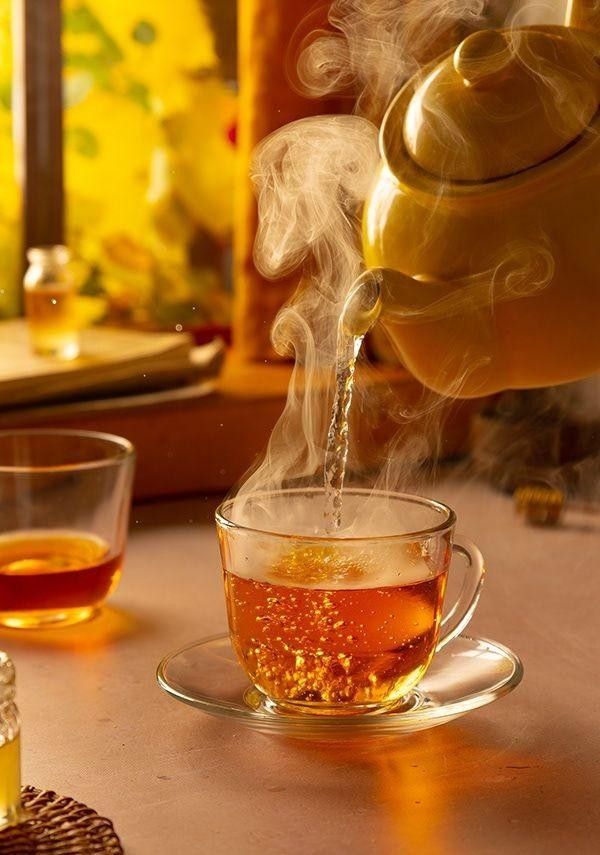
Reporter: At present, the inheritance and development of Qihong status quo? How to play the role of Qimen tea in foreign cultural exchanges, and promote the exchange and mutual appreciation of Eastern and Western civilisations?
Wang Chang: Qihong is not only a tea category, but also highly recognised by the international market of Chinese tea brands, is also a window of the international road of Chinese tea.
The Qimen chinkapin leaf group is the first batch of national tea tree varieties recognised by the Chinese government and has been introduced to dozens of countries and regions. The national asexual tea varieties selected from this parent are ‘Anhui No. 1’, ‘Anhui No. 3’ and so on.
At the end of 2021, Huangshan City of Anhui Province officially became a member of the Wanli Tea Route Protection and Joint Declaration of World Cultural Heritage Cities Alliance. ‘Ten Thousand Mile Tea Route’ is the “Silk Road” in Asia and Europe after the rise of another important international trade channel. Qimen tea is through the Wanli Tea Road to Germany, Britain, the United States, Russia and more than 80 countries and regions.
At present, Qimen County focuses on the construction of the ‘world of black tea’ overall goal, grasping the Qihong base, brand, quality, leading, culture, five major enhancement projects, focusing on strengthening the security of tea plantations and tea branding, deepening the integration of tea tourism, development and extension of the Qihong culture and tourism industry. In addition, as a national gift, Qimen tea has repeatedly become the national foreign affairs activities designated as a national gift tea, presented to foreign dignitaries. Since March this year, the third foreign ministers of Afghanistan's neighbouring countries and ‘Afghanistan's neighbouring countries + Afghanistan’ Foreign Ministers Dialogue Series of foreign affairs activities held in Tunxi, Huangshan, Anhui Province, during the meeting, Qimen tea because of the Chinese and foreign guests to provide tea services, once again on the international stage.
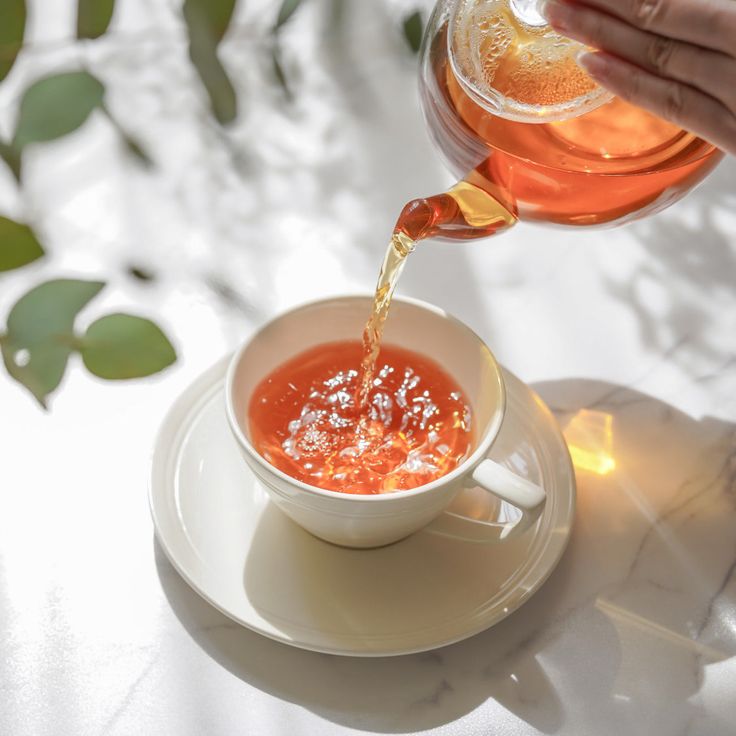
Qimen black tea culture has been an open exchange of culture, in the communication of East and West culture, enhancing the exchange of countries played a role. ‘Tea narrative state affairs’ “tea ceremony” frequently appeared on a variety of important diplomatic occasions, in the process of highlighting the elegance of the state of etiquette, and the dissemination of the excellent traditional Chinese culture, Qimen black tea has become a unique landscape.
